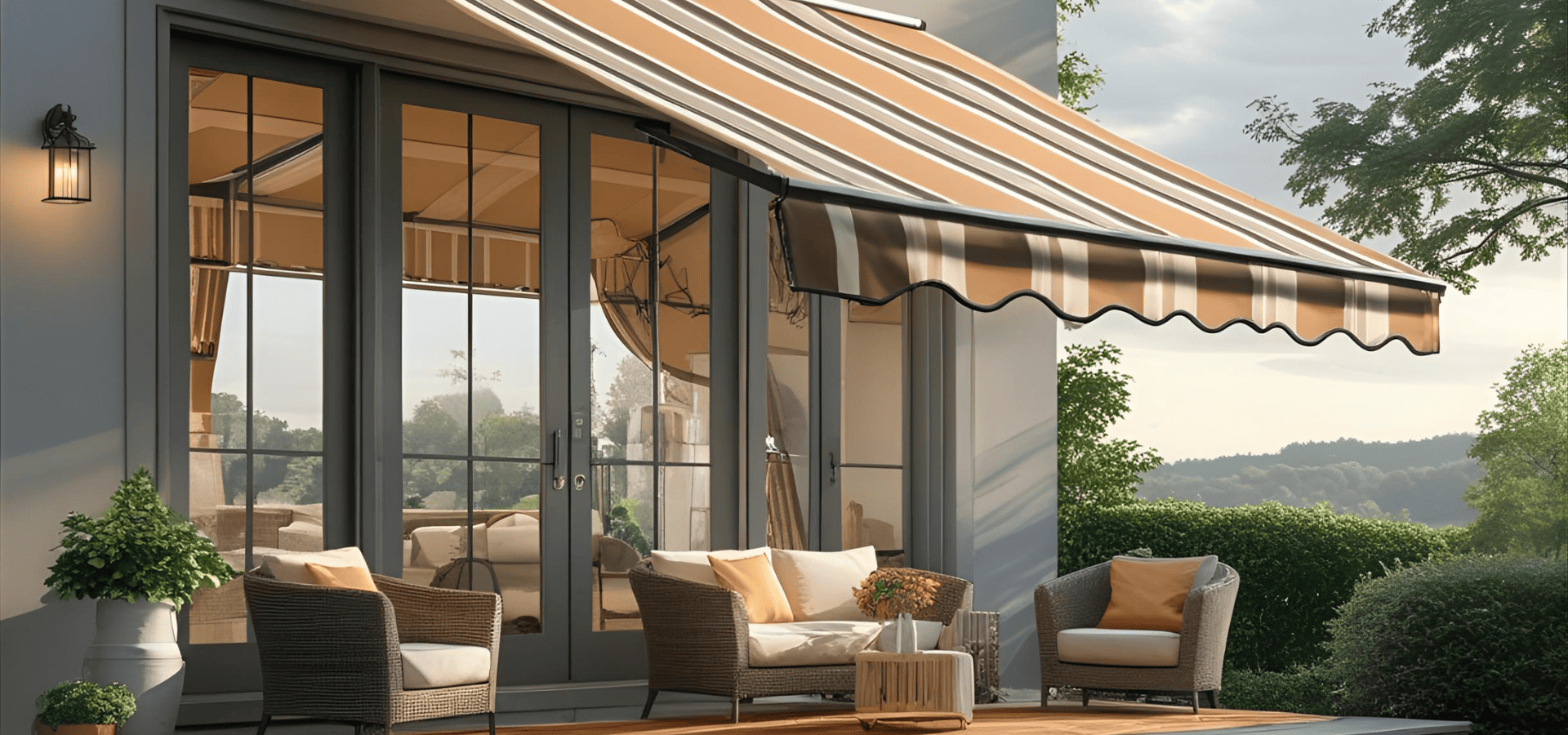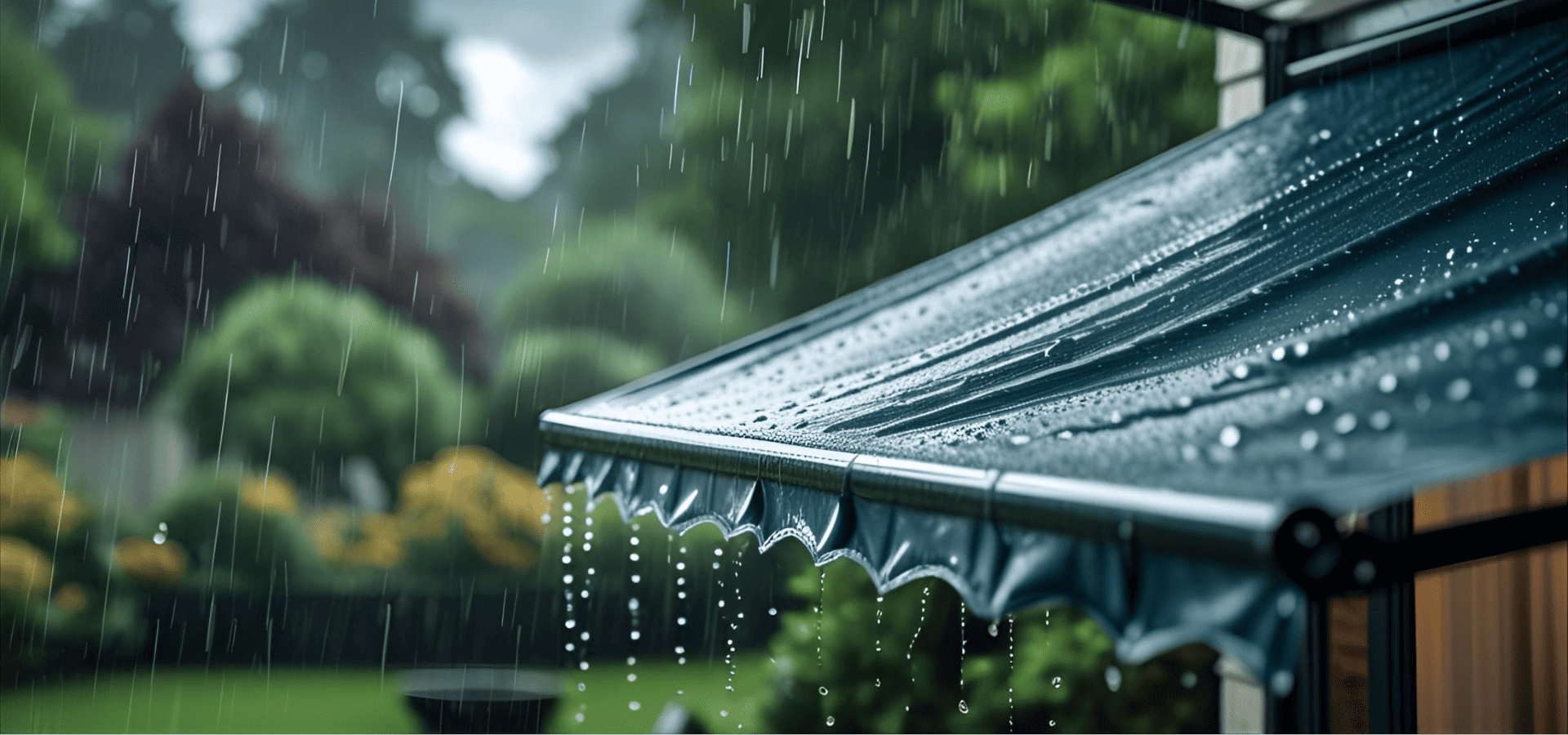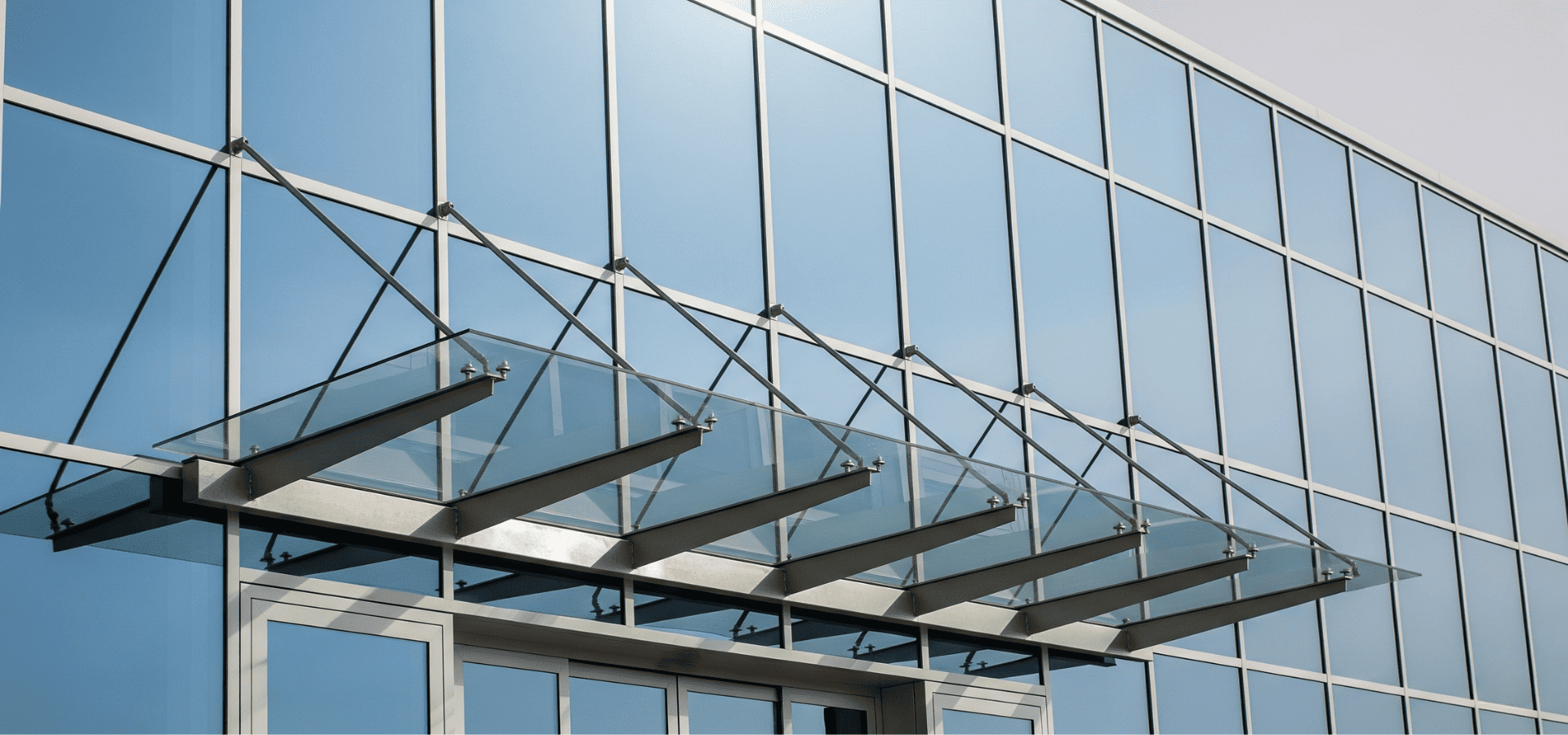Essential Awning Safety Tips for Homeowners
There’s something quietly satisfying about a good awning. The way it tames the midday sun. How it transforms a blank patio into a shaded sanctuary. The ease with which it extends with a tug or remote click — instant comfort, without the need to retreat indoors.
However, for all its simplicity, an awning isn’t something you can install and forget.
Like anything fixed to the side of your home and exposed to the whims of weather, awnings need a touch of vigilance. Not necessarily a huge amount! You’re not maintaining a vintage car or caring for bonsai…
But you still need enough TLC to keep things safe, solid, and functioning as intended. A little awareness goes a long way.
That’s where this guide comes in! Whether you’ve got a manual retractable, a motorised cassette, or a humble fixed-frame canopy, the principles here apply across the board. We’re not going to hammer you with alarmist “dos and don’ts” or bury you in maintenance checklists. This is about knowing what matters, when to pay attention, and how to spot trouble before it gets expensive. Or dangerous.
Let’s roll out the facts!
Awnings Are Also Load-Bearing Structures
First, a quick perspective check.
Awnings aren’t just accessories. They’re load-bearing structures.
Often, they’re anchored directly into the framework of your home, spanning several metres in width and extending far enough to shade multiple people, furniture, and outdoor kits. When retracted, they rest quietly; when extended, they’re a sail in the wind. The surface area multiplies, catching every gust that rolls through.
That’s not a reason to panic. But it is exactly why safety matters.
It doesn’t matter whether your awning is fully automated with wind sensors and remote controls or manually cranked out on a sunny day. It needs to be treated as a structural element. (Because it is one.)
That means stability, weather awareness, load control, and a bit of routine care are all part of the deal. It’s less about fear and more about informed, effortless stewardship.
The Biggest Risk
This is the one that gets underestimated most.
Awnings don’t like wind. At all. Even mild gusts can become problematic if they catch an awning at the wrong angle or build suddenly.
Remember: an extended awning presents a wide, flat surface. That makes it more like a sail than a roof. And unlike a sail, it’s not designed to move with the wind — it’s fixed.
If you’re heading out for the day or the weather looks remotely sketchy, retract the awning. Don’t wait for the catastrophic weather forecast you saw last night on the 7 o’clock news to prove itself right. Gusts can happen in isolation, and it only takes a short burst to cause warping, ripped fabric, or — worst case scenario — a full mount failure.
Motorised awnings with built-in wind sensors are a smart investment here, especially in gust-prone areas. They’ll automatically retract when speeds rise above a safe threshold. But even then, sensors aren’t foolproof. Batteries fail; sensors drift.
Bottom line: if you hear the wind starting to push its weight around, intervene quickly! And for a pro tip…
If it’s too breezy for a garden umbrella, it’s too breezy for your awning.
Watch Out For Rain and Debris

Weight is another silent enemy.
Most awnings aren’t designed to hold significant weight. That includes heavy rainfall pooling in the canvas, or wet leaves gathering unnoticed.
Some common heavy load risks for awnings include:
- Water pooling from shallow pitch angles
- Debris buildup, like leaves, twigs, and even bird droppings (you’d be surprised)
Fabric sag is often the first sign. If water starts to pool instead of rolling off, your pitch angle might be too shallow. Most retractable awnings need at least a 14-degree slope to allow for proper runoff. Anything flatter and the water will loiter, stretch the fabric, and start loading the arms.
The same goes for trapped debris. A build-up of leaves and organic muck might not look like much, but it adds up quickly, especially when it gets wet. This sort of grubbiness can also lead to staining or mildew patches that are hard to clean out.
So, back to the golden rule: if in doubt, retract the awning! That’s the beauty of having one that moves…
You don’t need to gamble with the elements.
Check Your Mounting and Fixings Regularly
It’s easy to forget just how much strain sits at the join between an awning and your house. All that leverage — the extension arms, the fabric tension, the weight of the casing… It’s all anchored at that interface.
Most well-installed awnings use reinforced fixings, ideally bolted into solid brickwork or structural studs. Still, things shift over time. Buildings settle and screws loosen. Weather wears things down, and even vibrations from day-to-day use can introduce subtle stress points over the long haul of your awning’s life.
Every so often, ideally biannually, examine your awning closely and ask yourself:
- Are there any signs of separation at the bracket base?
- Are there any hairline cracks around the mount?
- Is there any movement when you apply gentle pressure?
If anything looks off, don’t attempt a cowboy repair. Call in a specialist or the original installer. Over-tightening or the wrong fixings can make things worse, not better. Your goal here is stability, not improvised heroics.
Respect the Limits of Your Awning Type

Different awnings, different tolerances. Same great shade.
A fixed-frame awning — the kind with rigid poles or permanent steel supports — can handle a bit more abuse than a lightweight retractable. They’re often better suited to rain and longer-term use. But then, even they have limits.
Materials fatigue. Fabric weakens. Anchors corrode. An awning’s longevity hinges (hurhur) on proper use and periodic check-ins.
Motorised models of awnings are particularly prone to user error. The desire to "just open it for a bit" (even when it's windy or damp) is always high. After all, there's no crank handle to remind you you're manually extending a sail.
If your awning has an integrated weather sensor, test it every now and then. Don’t just assume it’s working. And if your awning has a manual override (as many do), learn how to use it before you need it. A quick read of the manual on a calm afternoon beats fumbling in the dark during a storm.
The specs in the manual aren’t just manufacturer waffle. They tell you what the arms can hold, what wind class it belongs to, and how much fabric tension is safe. Know what your model was built to withstand, and don’t push it past its limits.
Clean It — But With a Light Touch
Safety isn’t just about preventing big failures. It’s also about making sure things work as intended.
A dirty awning is more likely to jam, sag, or grow mould. Dust and grime can clog moving parts, while algae or mildew will make the fabric slippery and weaken its waterproofing.
Here’s how to clean an awning without damaging it:
- Use a soft brush and mild soap
- Rinse with lukewarm water
- Let it dry fully before retracting
Avoid pressure washers or heavy-duty cleaners. They’ll do more harm than good. And for motorised models, keep the casing and tracks clear of cobwebs and dirt. A quick wipe-down every few weeks is enough.
Lastly, if your awning retracts into a cassette-style case, make sure the seals and drainage holes are clear. A blocked cassette can trap water and cause slow rot from the inside out.
When to Call the Pros

There’s a fine line between DIY maintenance and work that needs a technician.
It’s time to call the awning professionals in if:
- The awning skips, grinds, or won’t retract smoothly
- The motor strains, clicks, or sounds off
- You see cracked arms, visible warping, or excessive sway
- It’s taken damage from wind, debris, or impact
Internal components like torsion springs carry a lot of tension. Unless you know what you’re doing, they’re not a safe fix for DIY jobs. Trying to force a jammed awning or dismantle a spring-loaded arm without experience is a good way to end up with bent hardware — or worse, a bent face and a surprise trip to A&E.
A good Singapore awning contractor can often service and recalibrate an awning in under an hour. Trust me, paying a few extra dollars is 100% worth it for the peace of mind.
Don’t Let Safety Kill the Joy
It’s easy to get lost in wind ratings and load limits and forget why you installed the damn awning in the first place!
These things, ultimately, are about livability. They bring shade, comfort, and a sense of place to outdoor areas that might otherwise go unused. They extend your living space to the outdoors. They make patios feel like gorgeous sunrooms.
So don’t let the occasional inspection or cleaning put a damper on the fun and gatherings you’ll host. Retract the awning when the weather gets rough. Clean the awning when it’s dirty.
Stay aware, and you’ll get to enjoy the peace of mind that comes with knowing your awning is doing exactly what it was built to do.
And if your current model isn’t quite cutting it? Consider upgrading. Better automation, stronger materials, and smarter drainage angles — all of this makes for a safer awning experience.
Because when your awning’s working with you in the war against Mother Nature’s whims, you’ll use it more. And that’s the real win. :)
Final Thoughts on Awning Safety
Awnings don’t need to be fragile. But they do need to be respected!
With the right awareness — and just a touch of maintenance — they’ll give you years of reliable comfort. If you treat them well, they might just become the best square metreage you’ve ever added to your home.
And (provided you don’t have any torsion spring-related injuries), a lot of wonderful memories. Enjoy the barbecues!


